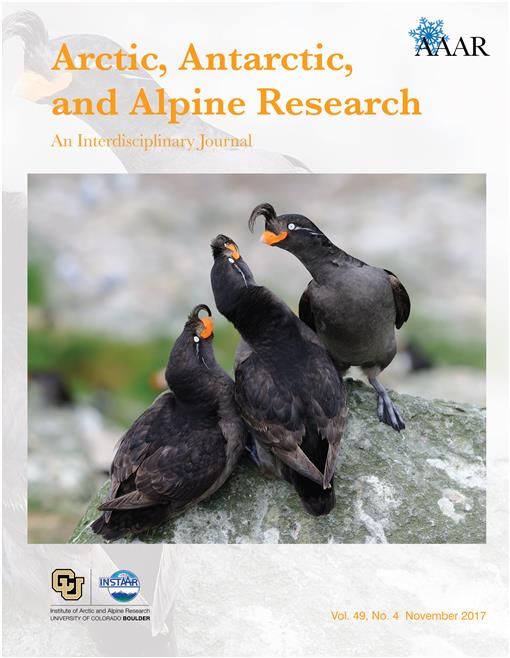The slope-fluvial system comprises two subsystems: (a) the slope subsystem, with the dominance of mass movements, and (b) the fluvial (channel) subsystem, with fluvial processes dominating. The most interesting element of this system, and the most difficult to identify and explore, is the slope-to-channel transition zone between the dominance of slope processes and the dominance of fluvial processes. This article aims at exploring the detailed structure of the slope-fluvial system, with a particular focus on the transition zone between the slope and fluvial subsystems in the alpine and montane environments of the Western Tatra Mountains. This purpose is pursued through: (1) identifying the morphometry of headwaters, and (2) delimiting a theoretical border between the slope subsystem and the fluvial subsystem. To this end, a statistical analysis of morphometric parameters of 50 first- to third-order subcatchments was conducted. Particular attention was paid to analyzing the catchments' gradient-to-area relationship. On the basis of gradient-to-area relationship, seven catchment types were defined, characterized by various sequences of slope-fluvial system sections, as well as a border between the slope subsystem and the fluvial subsystem. Based on the morphometric parameters and the slope-fluvial system structure, the catchments under research may be divided into two groups, representing areas with different natural environmental conditions. Alpine zone comprises mostly catchment systems in their initial development stage, with little-developed drainage networks, classified entirely to the slope subsystem. These catchments have very high gradients, elongated shapes, and low bifurcation ratios. Montane zone is composed mainly of catchments at a similar development stage, with relatively large surface areas (∼1 km2) and well-developed drainage networks, which include fluvial reaches. Such catchments are usually wide-shaped and have low gradients and high bifurcation ratios. The transition from slope process dominance to fluvial process dominance may be either smooth or abrupt.
How to translate text using browser tools
1 November 2017
Slope-Fluvial System Structure in the Western Tatra Mountains (Poland): Slope-to-Channel Transition
Eliza Płaczkowska





